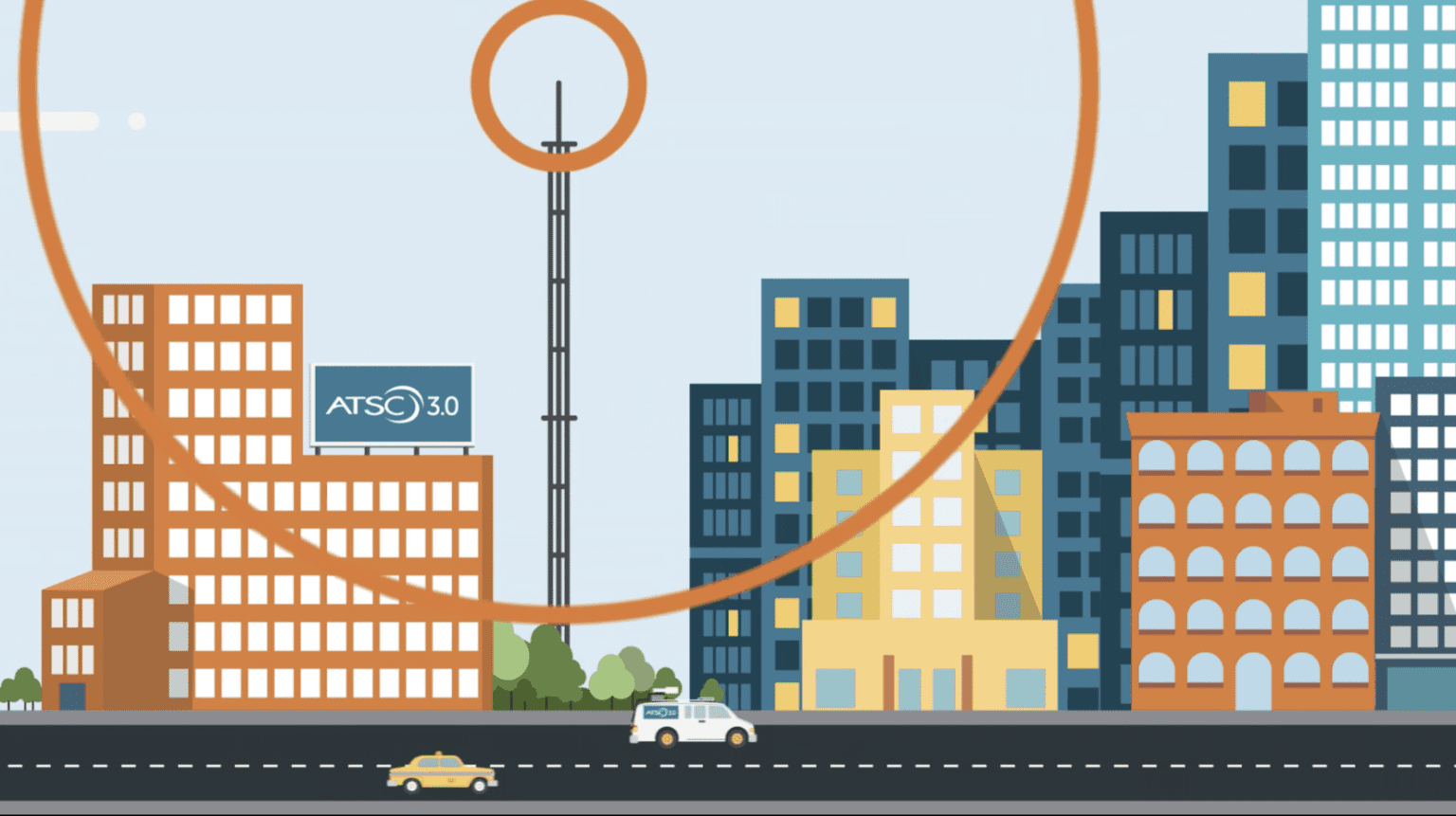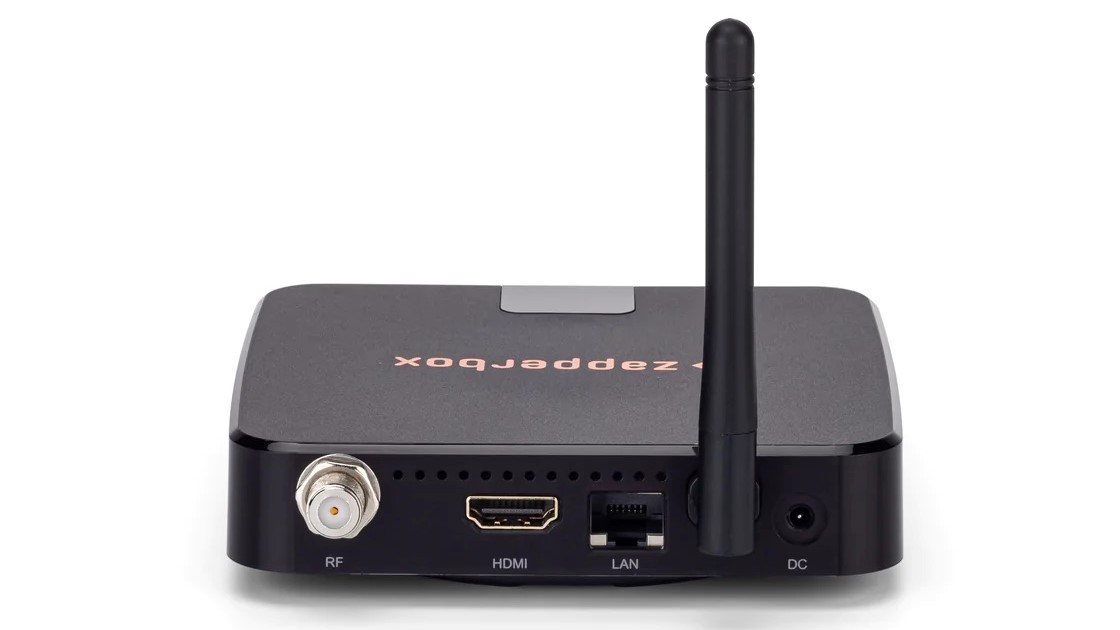Cheaper ATSC 3.0 4K TV receivers are coming – with a smart design twist
Better broadcast TV at a lower price for any TV, and without using an HDMI port

Hidden among the sprawling booths of the big electronics brands at CES 2023 was a small bunch of displays put on by manufacturers associated with the next-generation digital broadcast TV transition currently taking place in the US.
That new digital TV standard, ATSC 3.0 (aka NextGen TV), promises to bring advancements including 4K resolution video with high dynamic range and immersive audio formats such as Dolby Atmos to free, ad-supported broadcast TV. While those capabilities haven’t yet been tapped by the ATSC 3.0 broadcast TV stations operating in 66 US markets, a footprint covering more than 50% of the country, some of the best 4K TVs, including models from Sony, Samsung, LG, and Hisense now feature built-in ATSC 3.0 tuners.
CES 2023 turned out to be something of a wash when it came to new TVs with ATSC 3.0 support. Hisense seemed to be the only one championing the format, with its full lineup of 2023 mini-LED TVs slated to get the feature. LG announced that it would appear in the company’s higher-end models like the Z3 and G3 OLED sets – same as in 2022 – and the same goes for Samsung, which will provide the feature in its flagship sets like the new S95C OLED. Sony, meanwhile, has yet to provide detailed specs for its 2023 TV lineup and TCL hasn't announced any new TVs with built-in ATSC 3.0 tuners.
The sluggish ATSC 3.0 uptake among TV makers and broadcasters alike is concerning – industry group the National Association of Broadcasters (NAB) recently encouraged the FCC to take proactive steps to accelerate the transition, presumably by amending the requirement for ATSC 3.0 broadcasters to also simulcast programs in the older ATSC 1.0 format for five years after making the transition. Even so, examples of external hardware designed for tuning in NextGen TV broadcasts have emerged.
One such example is the ZapperBox M1, a set top box with a built-in ATSC 3.0 tuner that connects to TVs using an HDMI output. But at $250, the M1 likely cost more than most viewers will want to pay to add that capability.
Among the companies exhibiting in the NextGen TV booth at CES was Tolka, which is part of broadcast industry group Pearl TV’s FastTrack for NextGen TV program, an initiative aimed at hastening the commercial development of both ATSC 3.0-compatible TVs and inexpensive accessory devices for tuning in NextGen TV broadcasts. The company has created software to power a compact USB stick-type ATSC 3.0 tuner that plugs into a set’s USB port and connects to a TV antenna. Such devices are being made by Atlanta-based company ADTH and should be available at retail later this year for under $75.

Cheap external tuners can accelerate the ATSC 3.0 transition
Broadcast TV has been a consistently popular form of entertainment in the US, even with the onset of cable and satellite and, later on, streaming services. In fact, FAST (free ad-supported TV) apps on smart TVs and streaming platforms like Roku (Roku TV) and Amazon Prime Video (FreeVee), have gained considerable traction, which is a testament to the power of free TV channels.
Sign up for breaking news, reviews, opinion, top tech deals, and more.
The problem with FAST apps is that the quality is generally bad – certainly less than viewers have come to expect in the 4K era. And while all ATSC 3.0 stations are currently broadcasting in regular HD instead of 4K, a situation partly due to bandwidth limitations created by the FCC’s simulcasting requirement, their ability to deliver higher-quality video and audio is compelling. Imagine being able to tune in sports in 4K – something you currently have to pay for a pricey cable or satellite TV package to experience. That was the case with the recent Super Bowl LVII, which was transmitted in 4K with Dolby Vision HDR, but only by cable provider Comcast Xfinity.
Pearl TV’s FastTrack for NextGen TV program can help make free 4K sports and other programs happen by not just ensuring more new TVs coming to market are ATSC 3.0 compatible, but inexpensive external solutions such as ADTH’s forthcoming USB tuner become widely available so that older, ATSC 1.0-only TVs can make the upgrade. A much broader ATSC 3.0 tuner base can only help float the ATSC 3.0 broadcasting boat.

ADTH’s Tolka-powered USB tuner solution seems to be an especially good one, and not just because it’s cheap. Using the set’s USB port for tuning digital TV broadcasts will free up HDMI ports on the set for connecting the best 4K blu-ray players, XBox Series X or PlayStation 5 game consoles, and the best soundbars, and it eliminates the need for an external set top box.
Free ad-supported broadcast TV has life left in it – as long as manufacturers keep making TV antennas, viewers will be buying them and plugging them into their sets. But it’s time for the broadcasting industry to make a big leap forward in quality to keep pace with streaming services, and that’s something only a more rapid and complete transition to ATSC 3.0 can make happen.

Al Griffin has been writing about and reviewing A/V tech since the days LaserDiscs roamed the earth, and was previously the editor of Sound & Vision magazine.
When not reviewing the latest and greatest gear or watching movies at home, he can usually be found out and about on a bike.